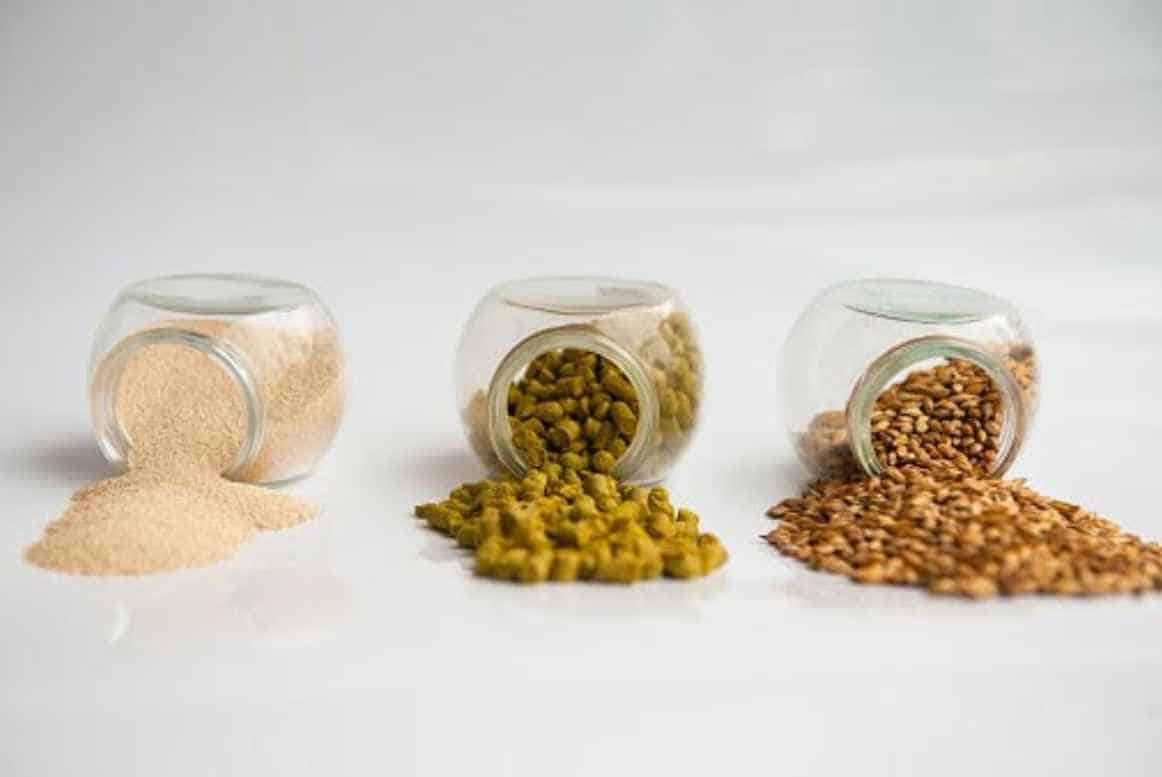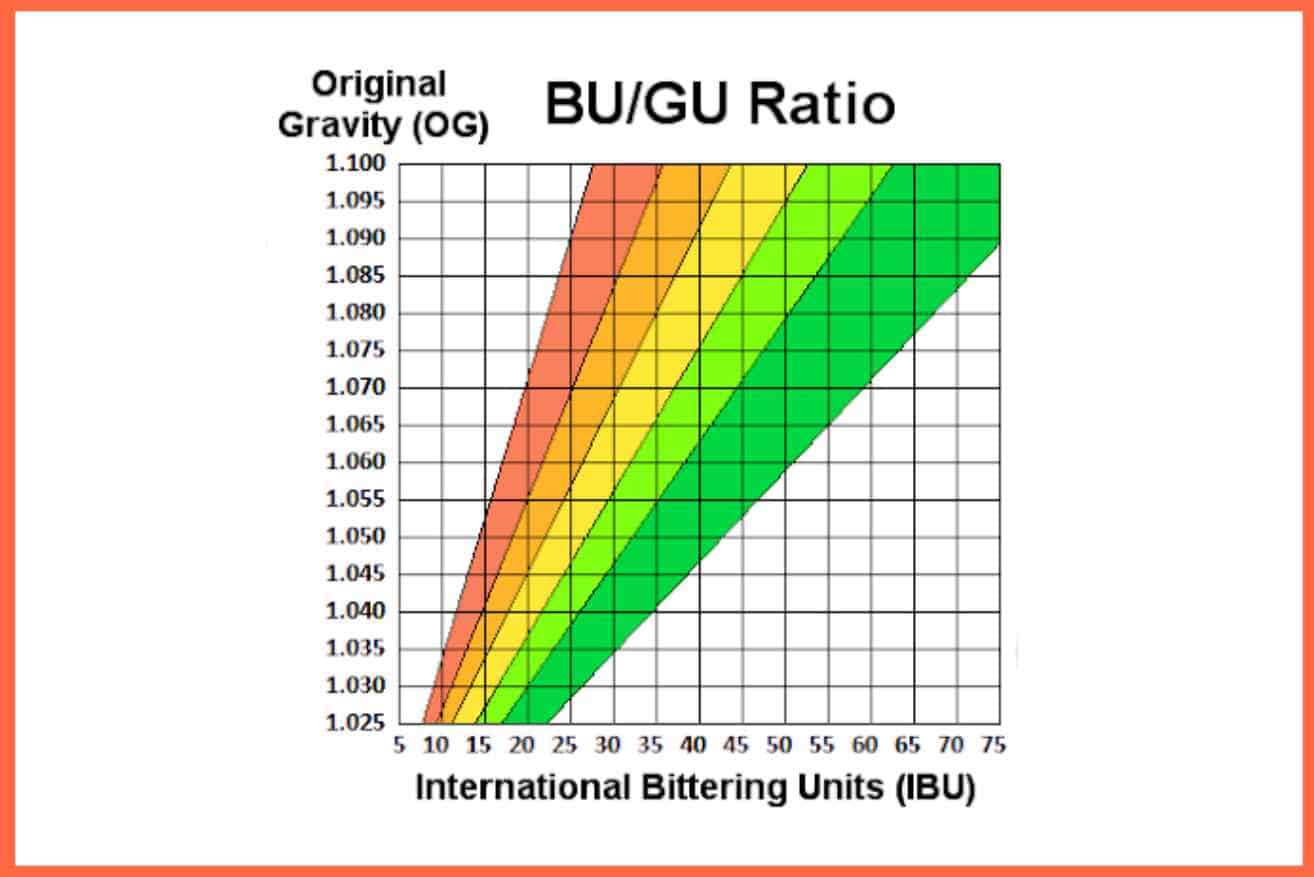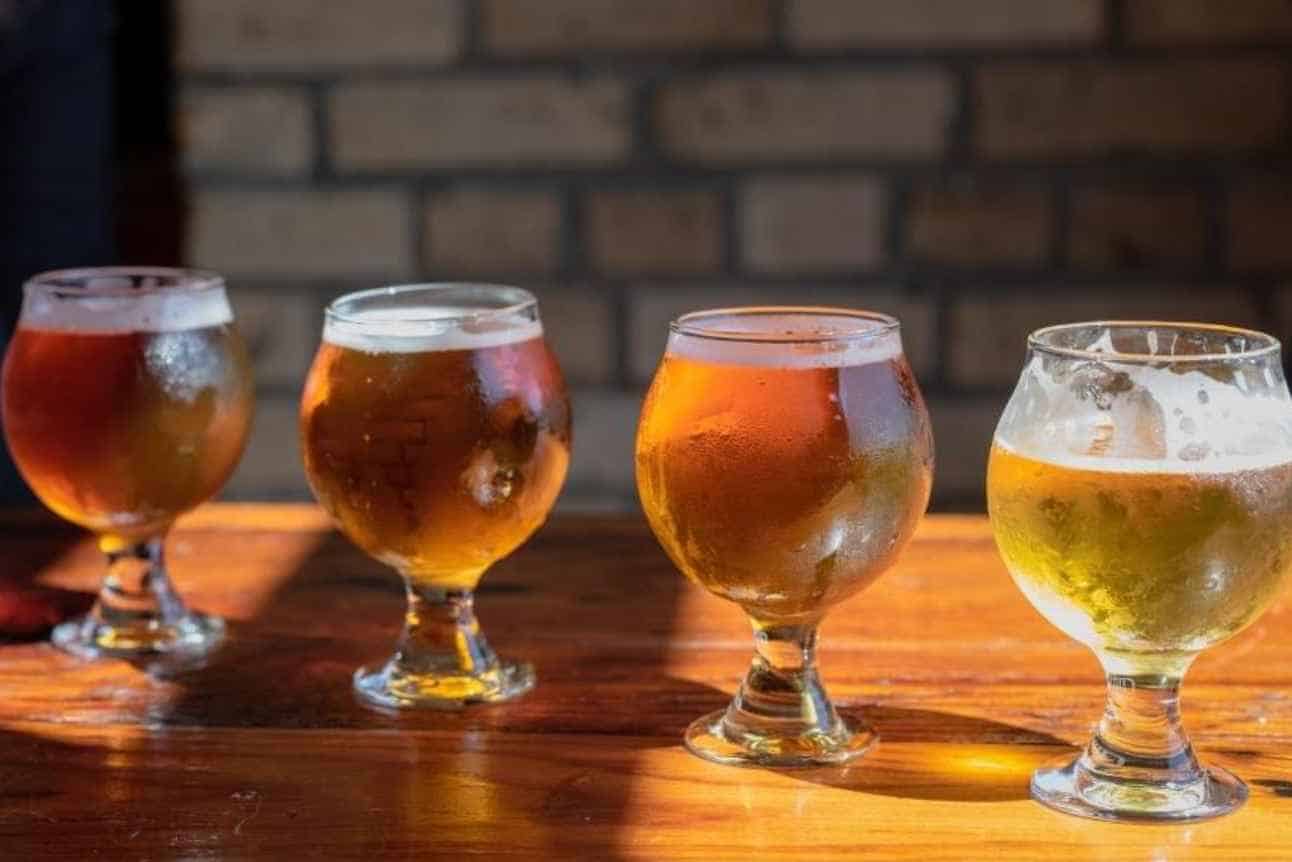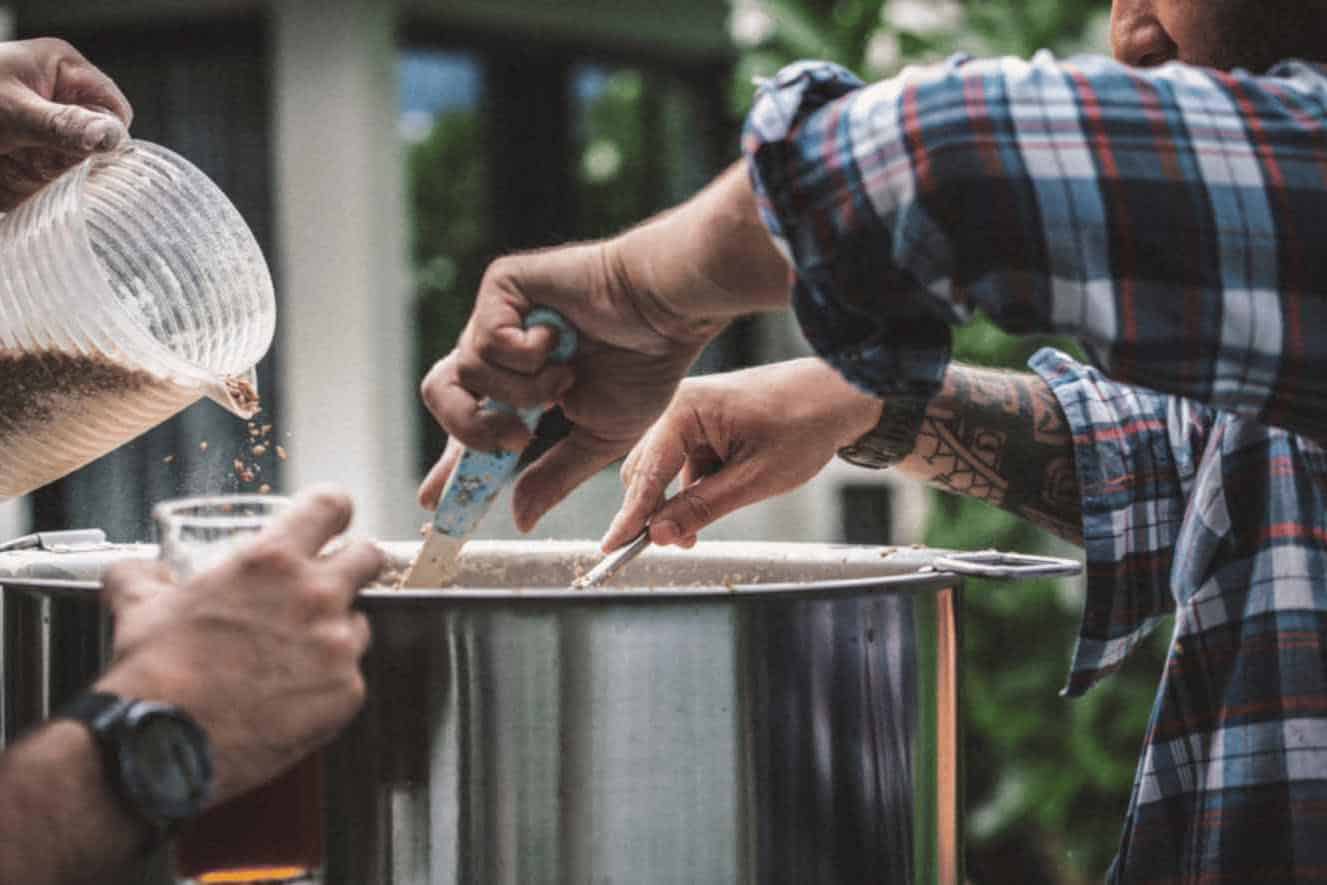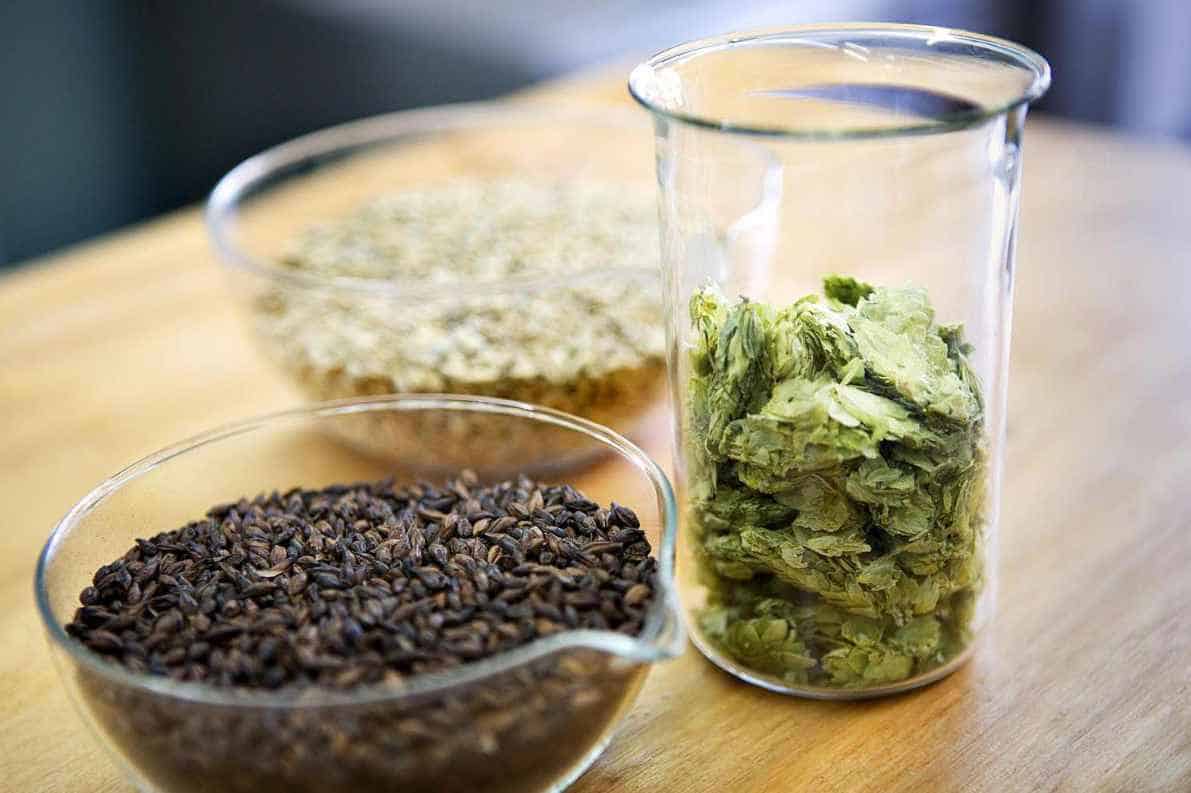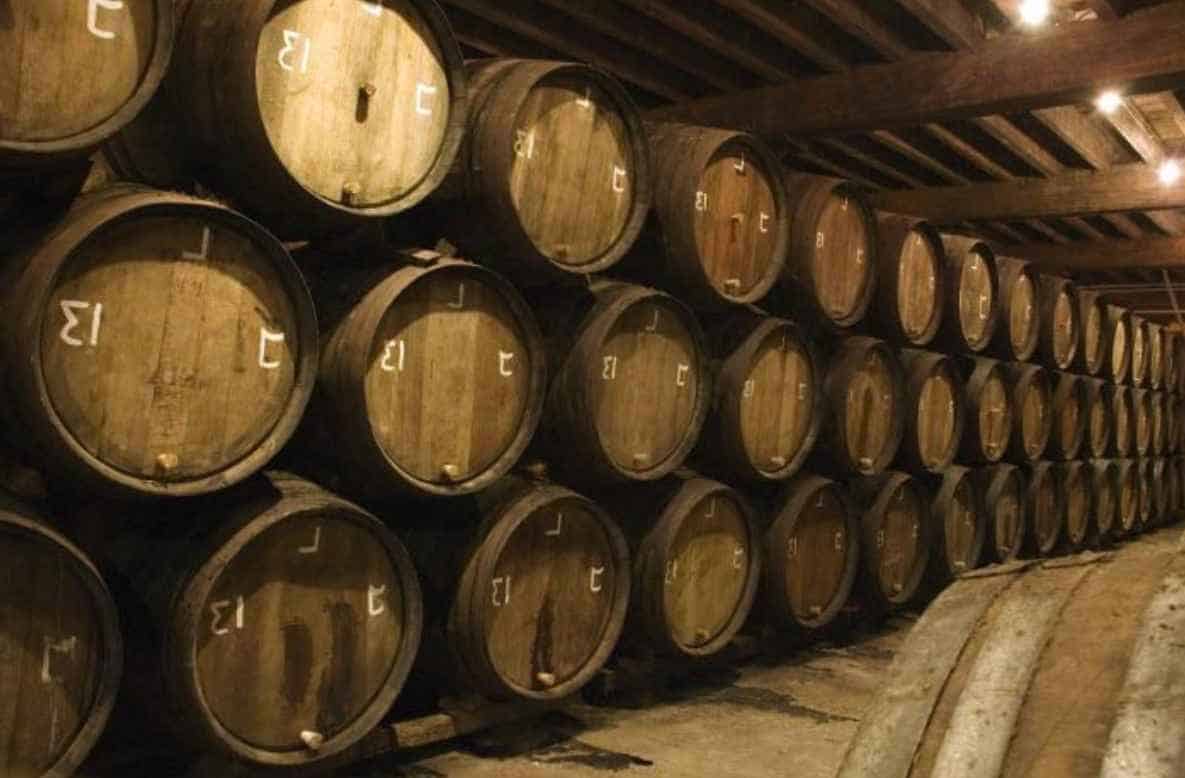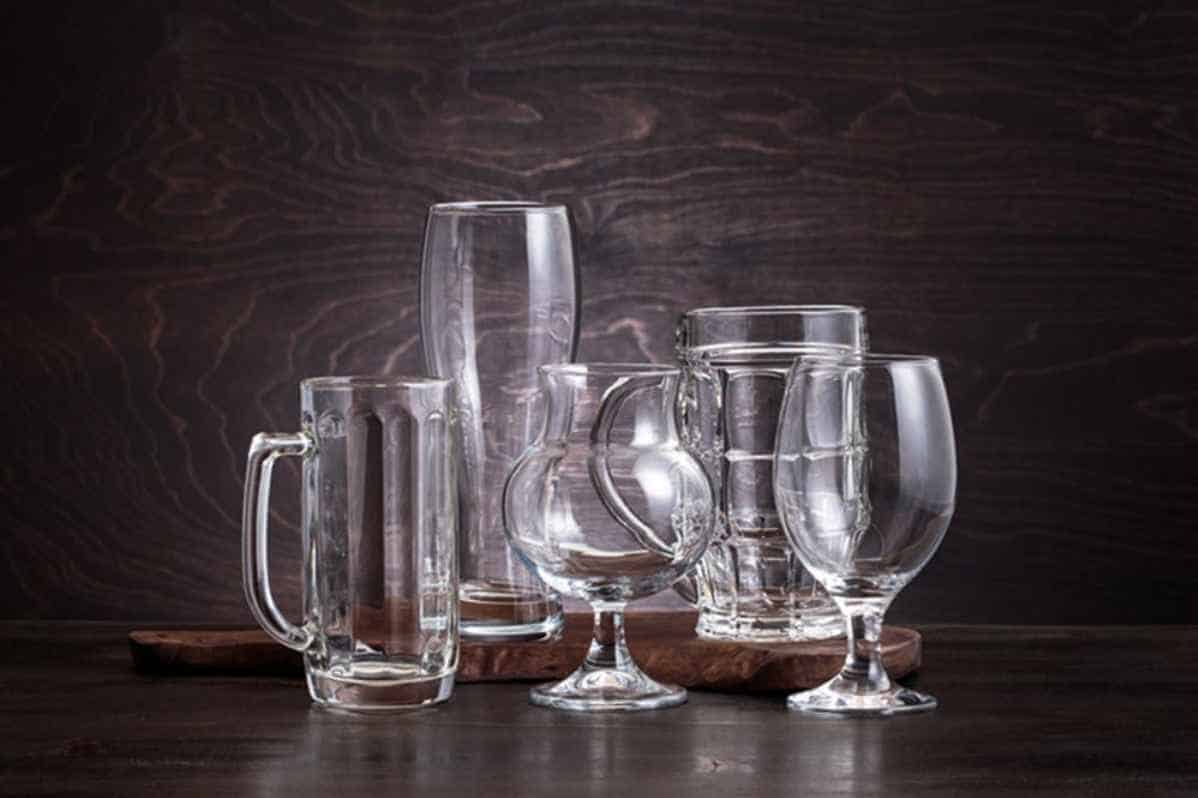People love to quench their thirst with beer on a hot day. But for others, the taste of beer is bad and downright unpleasant for them. So, why do some find beer unpalatable while others cannot get enough of it? Let’s explore the science behind why beer might taste bad to some people.
Science of Taste
Taste is complex. It involves the interaction of several sensory systems. Whenever we eat or drink, the molecules in the food or drink interacts with the receptors on our taste buds that signal the brain to perceive different tastes. Several factors, including genetics, experiences, and preferences, influence how we perceive taste.
- Some have a hard time believing our genetics are a factor in why we perceive taste differently. TAS2R38 is a gene that can affect one’s ability to taste bitterness. A person with this gene may be more sensitive to bitter flavors, making it unpleasant to their taste.
- Some have a negative association with beer because of their bad experience with it in the past.
- Lastly, it is worth noting that taste is subjective. Some people simply want sweeter and fruitier drinks than a beer’s bitterness.
But besides the science of taste, there are factors to consider that can influence the taste of beer— its ingredients. Understanding the role of its ingredients can help shed some light on why other people have different taste preferences when it comes to beer.
The Role of Beer Ingredients
Beer has four main ingredients: water, malted barley, hops, and yeast. Some types of beer may have other added ingredients. But today, let’s focus on the four.
- Water: It is the majority volume of the beer, and its mineral content affects the beer’s flavor and mouthfeel.
- Malted barley: It provides the fermentable sugars the yeast consumes during the brewing process. When the barley is roasted, it affects the beer’s color and flavor.
- Hops: This ingredient balances the sweetness of malted barley with bitterness to add flavor and aroma to the beer. Some hops give a floral and spicy flavor, while others contribute citrus and piney notes.
- Yeast: The yeast converts the sugars in the malted barley into alcohol and carbon dioxide in the fermentation process. Different yeast strains produce different flavors and aroma.
These ingredients do not give the beer a bad taste. How the beer tastes are subjective and may vary from one person to another.
Flavor Profiles of Beers
Beer’s flavor profile is the combination of all the different taste and aroma elements that are present in the beer. Each of these flavor components interacts with the others to create a unique and complex taste experience for the drinker.
Bitterness
You can determine the type of hops, the amount added, and the boil duration through the beer’s level of bitterness. It has a significant influence on the overall flavor profile of the beer. However, not all people find it pleasant and refreshing; they find the bitter taste overpowering or unpleasant.
Bitterness is only a component of the overall flavor profile of a beer, and it has to be balanced by other flavors. If you think beer tastes bad because it is bitter, you might have missed the balanced flavor profile of a well-crafted beer.
Sweetness
Sweetness is another primary component of a beer flavor. The sweetness of beers comes from the malted barley and grains used in the brewing process. Each beer style has a different level of sweetness, so some perceive beers to taste bad because they are less sweet and bitter.
But it is not only bitterness that is overpowering; a beer tastes bad if it is overly sweet. A too-sweet beer may lead to a syrupy or cloying taste. Balanced sweetness and bitterness are crucial to creating a well-crafted beer.
Acidity
Beer acidity helps balance the sweetness and bitterness in beer. It gives our taste buds hints of a refreshing and tangy sensation. However, beers that have high acidity may also be off-putting. It will give the beer a sour or tart taste, making it bad for some drinkers.
Carbonation
Beers are carbonated drinks. Carbonation gives a refreshing and effervescent quality to the beers, which helps enhance their aroma and flavor. That is why, besides the natural carbonation process during fermentation, brewers add carbon dioxide to ensure beers can have lasting carbonation while in storage.
However, brewers have to ensure the beers only have enough carbonation. Beers with too much carbonation have a harsh and sharp taste, which drinkers will dislike.
Roasted or Toasted
The roasted or toasted flavor in a beer may vary in each style, which depends on the type of malt and the process length. Some beer styles, such as stouts and porters, are often brewed with heavily roasted malts, giving them a rich, robust flavor profile. Meanwhile, the lagers and pilsners have a lighter flavor.
Roasted or toasted flavor gives the beer a hint of nutty or smoky quality, which helps balance the sweetness and provides a dry finish. However, the roasted and toasted flavor has to be balanced to avoid giving the beer a burnt or astringent taste that may lead to the beer tasting bad.
Fruitiness
The yeast strains, hops, and added fruits during brewing give the beer a fruity flavor. This gives the beer a hint of sweet and tart quality, but the fruitiness has only to be enough, as too much of it results in a cloying taste that makes the beer taste bad.
It is essential to understand that each beer style has different flavor profiles, and each component interacts and balances each other to create a well-crafted beer. If one profile goes over, it may result in an overpowering taste, making the beer taste bad.
Factors that Affect Beer Taste
You can tell several factors influence the beer’s taste. The influence starts from the quality of its ingredients to the temperature and type of glassware served. Understanding the process and each of these factors helps you have the ideal beer-tasting experience.
Ingredients
As discussed, ingredients are the key players in how the beer tastes. You have to procure high-quality ingredients and use balanced proportions to produce a well-crafted beer with a complex flavor profile. When you use low-quality ingredients, it makes the beer taste terrible, or, worse, undrinkable.
Brewing Process
Brewers have to be attentive to the brewing process. If it is poorly done it may result in a beer that tastes off. Four crucial steps in the brewing process contribute to how the beer tastes: mashing, boiling, fermentation, and conditioning.
During these processes, the temperature, duration, and pH of the process affect the final beer taste. The temperature has to be set in medium because if it is too high or too low, the beer ends up having a bitter or astringent taste. Moreover, if the boiling process is too intense or too long, the beer will taste burnt besides a bitter taste.
Storage
How you store your beer can have a significant impact on its taste. Off-flavors may result if not stored properly. The main factors that affect beer storage are temperature, oxygen, and light.
There is a reason why beers are packaged in dark bottles. It cannot be exposed to light, as hops break down, resulting in a skunky flavor. Meanwhile, high temperature causes beer to “cook”, and low temperature makes the beer lose its carbonation. That’s why to ensure the best taste possible, store your beer in a cool, dark place, away from direct sunlight.
Serving Temperature
Different styles of beers are best enjoyed at different temperatures. You have to serve the beer at its ideal serving temperature to give the drinkers the ideal taste experience. Here is a quick guideline for you on the ideal serving temperatures for different types of beers.
- The ideal serving temperature for mass-produced lagers and light beers is around 35 to 40 degrees Fahrenheit.
- You can enjoy belgian ales, wheat beers, and hefeweizens when served around 45 to 50 degrees Fahrenheit.
- IPAs and hoppy beers are best enjoyed when served around 50 to 55 degrees Fahrenheit.
- Meanwhile, dark beers, stouts, and porters are best served when the temperature is slightly lower than the room temperature.
Glassware
Where you pour your beer affects its overall taste experience. The shape and material of the glass can affect the aroma, appearance, and overall flavor of the beer. Different beer styles are best served in other glassware because of their unique flavor profiles.
Using the right glassware for a particular beer style enhances its unique characteristics and improves the overall taste experience.
Personal Preferences
The perception of beer tasting bad is subjective and may significantly vary from one person to another. Besides the genetic predisposition, experiences, and cultural background, how the beer tastes relies heavily on the drinker’s perspective.
Final Takeaway
How the beer tastes is subjective. It varies from person to person. Many factors can affect the taste of a beer. But their preference matters beyond the objective factors contributing to the beer’s taste. No matter how the beer is stored and served properly, it may taste bad for non-beer drinkers.

As a homebrewer, Michael would get frustrated about the lack of brewing information on the internet. After hundreds of gallons of spoilt batches, Micheal had enough. And he founded Unknown Brewing as a resource for homebrewers.

